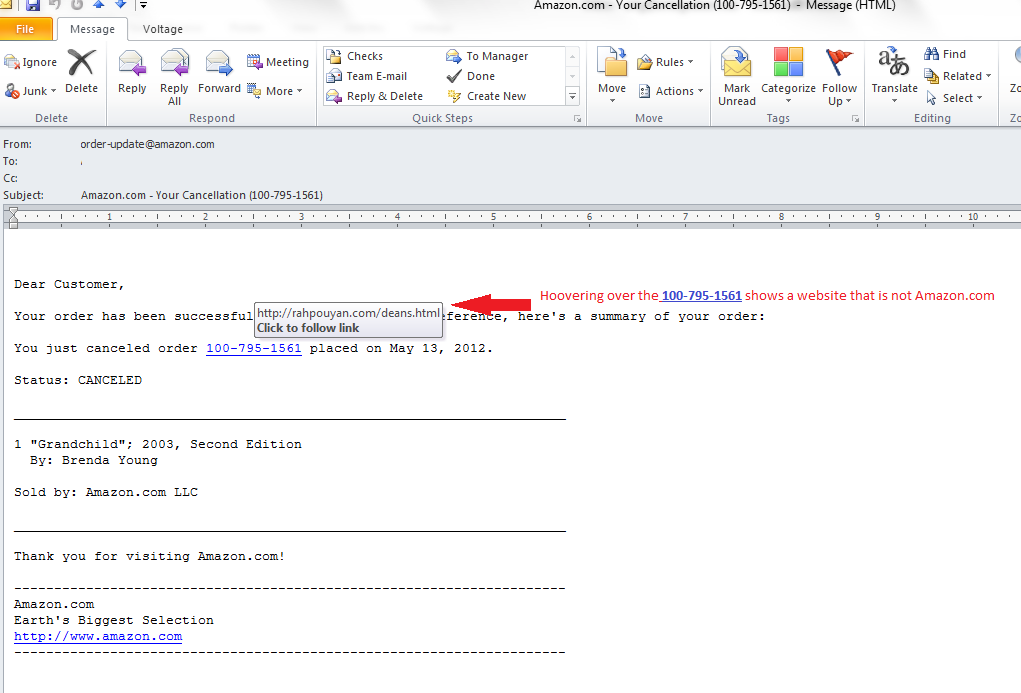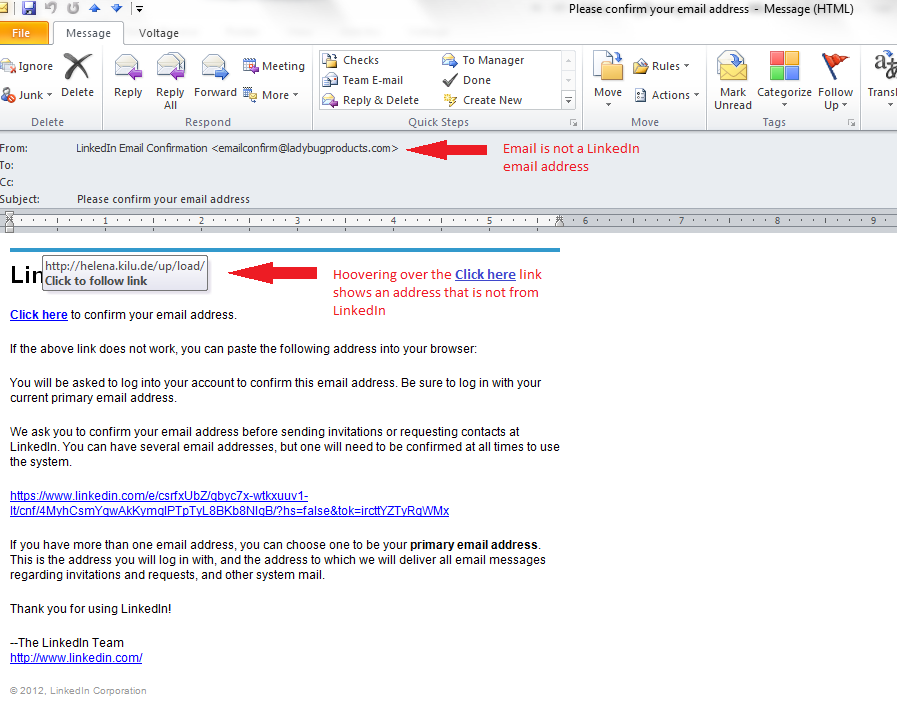There are many threats to patient information and financial resources and one that seems to be popping up a lot lately is phishing scams. A phishing scam is basically an email that looks like a legitimate email from a bank, credit card company, retail stores, social networks (Facebook, Twitter, LinkedIn, etc.). The email usually has links in it which direct you to a website. In a phishing scam the website that you would be directed to may look like a legitimate website but is actually a fake website that is looking to collect your information and use it for illegal activity. This activity may be stealing patient information, stealing money from your personal or business banking accounts, accessing your credit card accounts, or accessing your social networks.
In the past phishing emails had spelling mistakes and could usually be spotted as a fake email. But things have changed and phishing emails look very legitimate and the website that you are directed to could look exactly like the real website (i.e. Amazon or Bank of America, etc.). Now that phishing emails and websites are harder to spot, you may be asking yourself how do you identify phishing emails?
Today I received two phishing emails and at first I wasn’t sure whether they were legitimate or not. Once I realized they were phishing emails I thought I would share them and help identify a phishing email.
The below email looks like an email from Amazon but when you look at the link in the email, you see that it is not taking you to an Amazon.com website (click on the image to enlarge it)
The below email looks like it is from LinkedIn but a couple of things give it away as a phishing email. The email address is not from LinkedIn.com and when you hoover over the link in the email, you see that it is not taking you to a LinkedIn.com website (click on the image to enlarge it)
Sorry I didn’t click the links to show the actual websites. You never know what virus or spyware might be loaded on your computer just by opening up the website.
Hopefully this will help identify and avoid phishing emails. Feel free to share this with co-workers, family and friends.





Leave a Reply